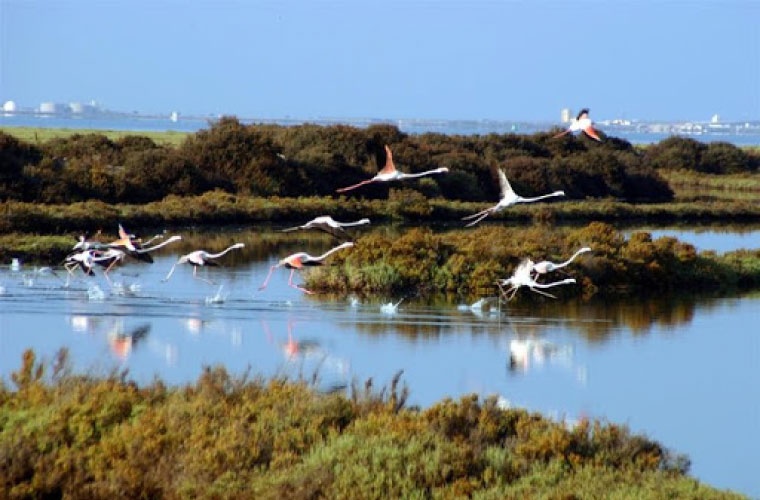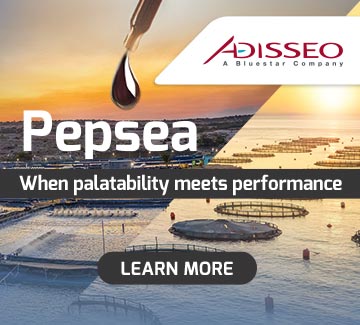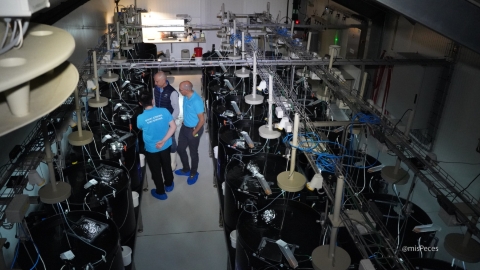
Incorporating natural food web dynamics into aquaculture models is essential for improving fish growth performance and reducing environmental impact, concludes a new study published in Reviews in Aquaculture. The authors argue that understanding the role of microorganisms-particularly bacteria and phytoplankton-in nutrient cycling offers valuable insights for more sustainable and efficient pond-based fish farming.
Led by Nurhayati Br Tarigan from Wageningen University, the review analyses 29 farm-scale models developed over four decades. These models simulate the complex interactions between natural food webs, nutrient flows, and fish growth in earthen pond systems—the most widely used type of inland aquaculture globally.
The review highlights that most farms-scale models focus on nitrogen and phosphorous dynamics but often overlook carbon, which is crucial for microbial metabolism. Feed and fertilisers are identified as the dominant nutrient input, yet other sources like water inflow, gas exchange, and even fallen leaves can significantly affect nutrient balance.
According to researchers, one of the major benefits of modelling food web dynamics is the ability to assess carrying capacity-the maximum sustainable biomass of fish without harming water quality. In a case study involving Nile tilapia in biofloc system, the model showed that a moderate increase in stocking density (124%) maintained bacterial balance, whereas a 150% increase disrupted nutrient cycling and led to organic matter buildup.
Beyond growth: optimizing feed and reducing costs
The study also emphasizes how models can support smarter feeding strategies. Traditional feeding practices often neglect the contribution of natural food in ponds, potentially leading to overfeeding and higher costs. By aligning feed composition with nutrient availability in the system, fish farmers can reduce input costs without compromising productivity.
Despite their usefulness, many existing models lack flexibility in representing the stoichiometric relationships (ratios of carbon, nitrogen, and phosphorous) between organisms. This limitation can result in inaccurate projection, especially under nutrient-limited conditions. The authors call for future models to adopt more adaptive stoichiometric approaches and to consider environmental variables such as light, oxygen, and temperature.
They also caution that model complexity should be tailored to the user’s needs. Whether for scientific research or practical fish farming management, the choice of model must strike a balance between detail and usability.


